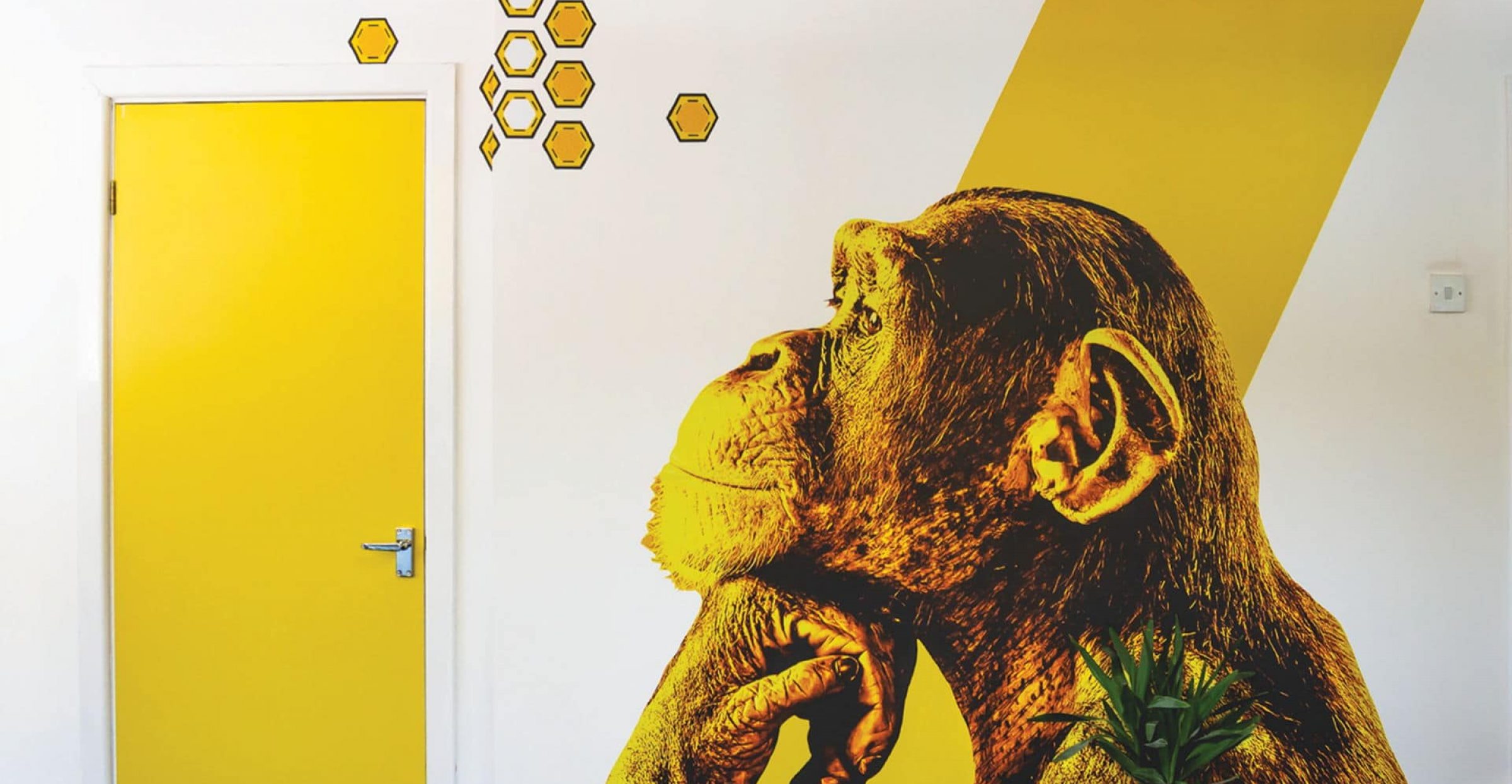A fantastic way to improve your work environment or home office, decals can be used to transform the look and feel of the space.
While most people have seen wall decals, there is less understanding of what they are made of and the range of options available.
So, what are decals?
And what common questions does everyone have about them?
What are decals?
Put simply, a decal is a type of transfer that can be used to apply your image across a range of surfaces.
They can be made from plastics, cloth and paper to name only a few.
However, most modern decals are made from vinyl, making them easy to apply and resistant to daily wear. They are created from large rolls which are put through a cutter to allow a creator to change their shape.

Highly customisable, advances in computer and printing technologies have given companies a huge degree of control in crafting and creating content for a wall decal.
This allows for a range of sizes, colours, designs, and even the addition of innovative extras such as QR codes, RFID chips and a wide range of face stocks
They can be tailor-made to match the specific needs of a customer, permitting them to be deployed in a range of environments without compromising the look and performance of the final product.
What are they used for?
Decals are primarily used for branding purposes, letting individuals or businesses customise their property, use them for promotion or in offices to create a vibrant space that meets unique specifications.
Traditionally, they are used by individuals to customise their items – from stickers on guitars, laptop cases, travel bags and more.
They are also heavily used by businesses with a need to quickly (and affordably) manage their brand.
Where ‘stickers’ can be placed on an item, decals are designed to last and can be applied to a wide range of materials from metals, glass, plastics, walling or irregular shapes if the provider is made aware of your needs in advance.

Can they play a role in branding?
Absolutely. Decals have a long history of being used for promotional purposes due to their robust nature, capacity for customisation, and ease of use.
These can be used in a range of formats to support:
Internal branding: Decals can be used throughout your organisation, from mugs to walls, glass and more. However, it is important to take a ‘less is more approach’ when it comes to applying them to your business. While a wealth of decals spread out over a wide area may look great, seeing the same design time and time again may be overkill. Be sure to look at the volume you apply in your space and vary your design while keeping your logo consistent.
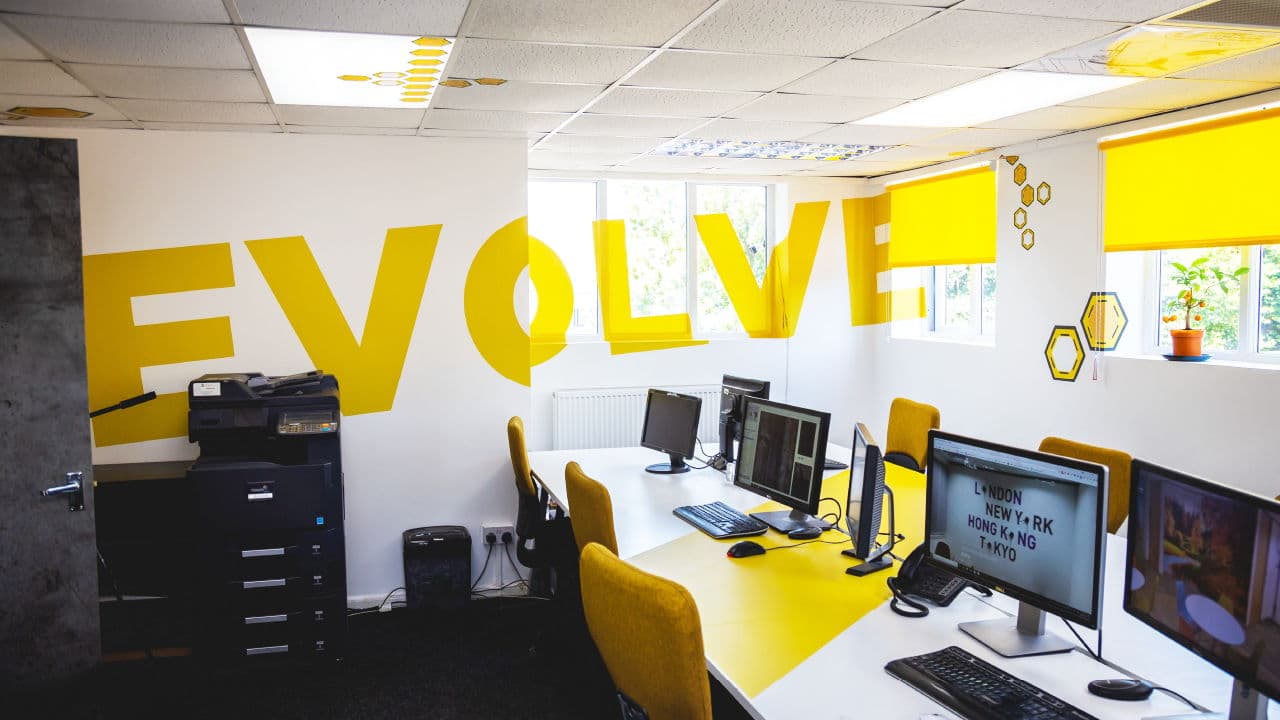
External branding: These can be used on your vehicles, packaging, and key equipment – helping to raise awareness of your work. Applying decals to your physical space are a quick and consistent way to raise awareness of a brand in a busy city environment. Though it is important to check the legality and environmental responsibility in your area, using decals as guerrilla branding is also highly effective and can help raise awareness of your work.

Ambassadorial branding: While your reach may be limited, targeting your first-ring customers can allow you to share your designs with them. Adding decals to their items can help provide cheap and effective brand consolidation, with social media often acting as a powerful force multiplier.
If you have a branding need, there is a good chance that choosing to deploy a decal will play a part in your overall strategy.
And taking the time to plan your approach can make all the difference.
What are they made of?
Modern decals are primarily made from vinyl, but the composition can change depending on the environment you intend to use them.
Are they permanent?
No. One of the many strengths of using a vinyl decal is their ability to be applied and removed without ruining the surface they are applied to.
Vinyl decals tend to be used for two main applications:
Commercial: These are developed by brands and businesses to customise their space and mark out their business or product identity. This includes on-site companies such as restaurants looking to quickly and efficiently put in place long-term decoration. Service adjacent companies such as hotels or Airbnb’s that want to make an impact on customers can make use of them alongside businesses looking to add a bit of character to waiting and conference rooms.
Residential: These are increasingly used by residents that are not able to make significant or structural changes to their living space or want to make a ‘no commitment’ change to their homes. This allows for the creation of murals, messaging, and creating fantastic art in a space where painting would simply not be possible. No matter the reason that they are put in place, decals can be applied, removed, and replaced with ease – cutting down on down-time, business disruption, or unforeseen complications.
How long do they last?
On average, a professionally created and applied decal will last anywhere between five to seven years.
However, it is worth remembering that there are several variables that can change the lifespan of a decal.
If the area is exposed to the elements, excessive heat and cold can potentially damage the integrity of the material and affect the colours used.
The same can also happen in spaces with a high degree of thoroughfare, with accidents potentially damaging the material.
Taking the time to understand your space can allow the decal to be deployed in a way that maximises exposure without risking damage to the item.
Once you know where your decal is to be applied, consulting with your provider can allow you to mitigate these issues as much as possible.
And if your chosen location is a concern, steps can be taken to ensure that your wall decal remains in place and achieves your key goals.
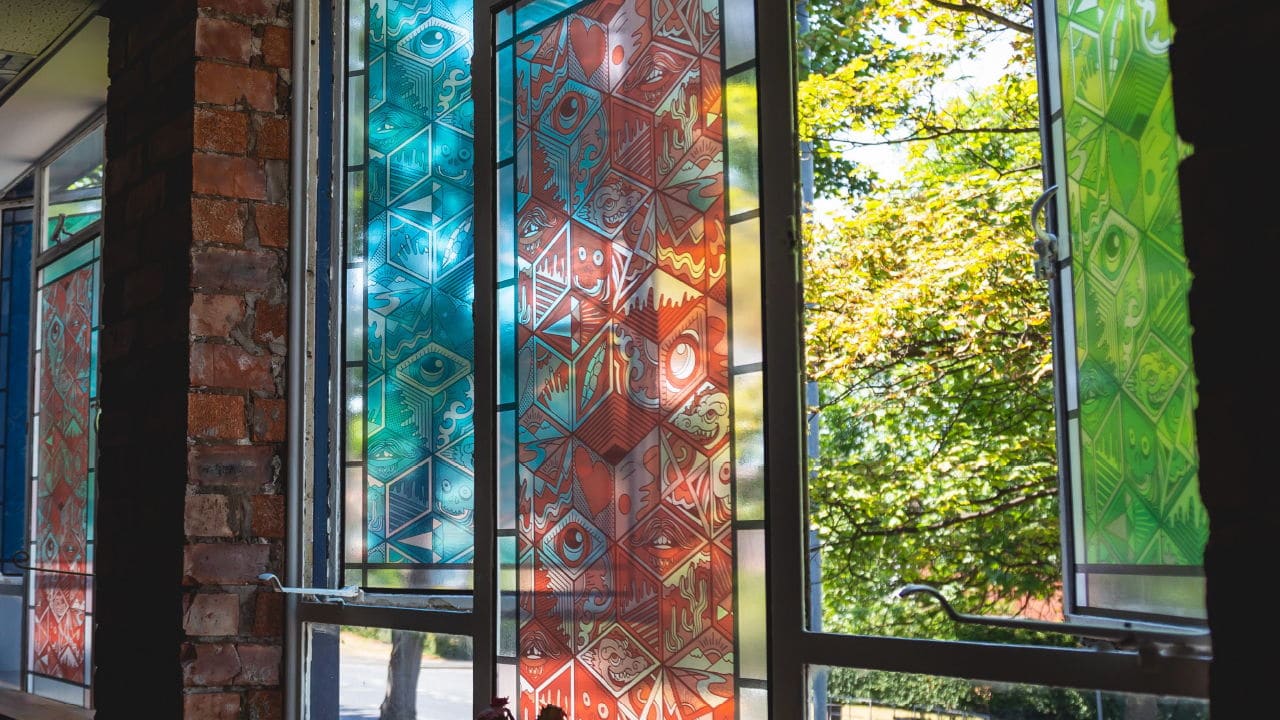
Can you reuse them?
Depending on your specific needs, certain decals can be customised to be reusable.
However, most are designed to be applied once and removed when required.
Carefully removing a decal will allow the wall space to be preserved while often destroying the original decal.
By their nature, decals are designed to be produced in bulk and are designed to look immaculate when applied to a wall.
Reusing one will mean that the original – and any unavoidable damage that has accrued – will be present in a new space.
While this may be cost-effective, the price of the effort required to reuse the materials and the potentially diminished impact of the art can often be hefty.
While simple designs may be easy to remove, more elaborate or complex ones can introduce risks of rips, tears or accidental damage.
If being recyclable is a key part of your requirements for a decal, it is worth having a discussion with a potential provider to see how your needs can be accommodated.
This can allow the team to produce a reusable variant for you, or put together a package that allows your mission goals to be accomplished without going that way.
Do they damage walls?
No, if applied correctly, a vinyl sticker will be able to be applied to a wall without leaving any permanent mark on the surface.
Before application, the surface is cleaned and treated to prevent blemishes and ensure that the decal is applied correctly.
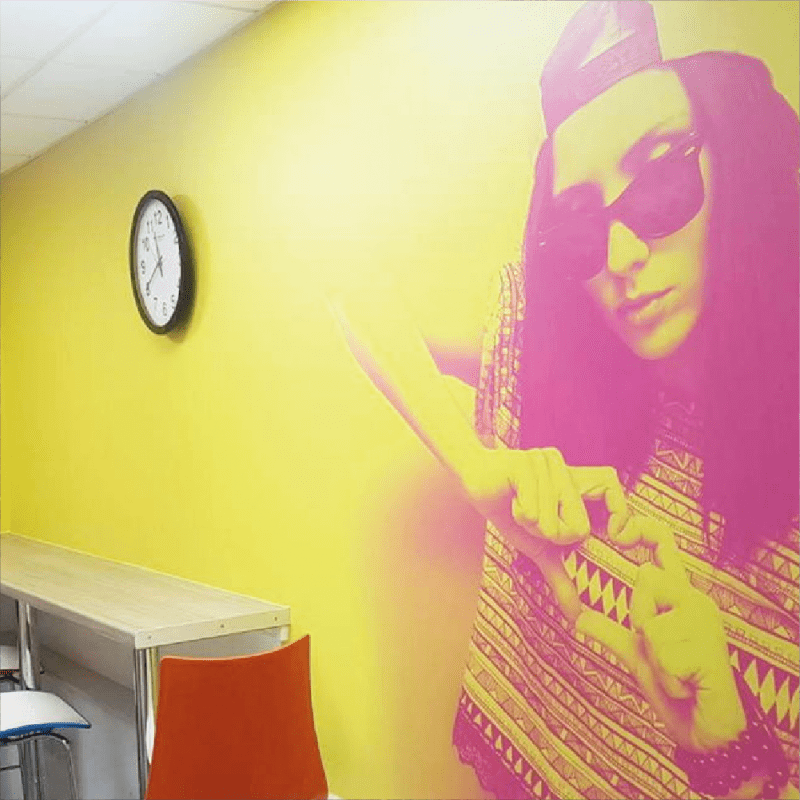
Choosing a professional will ensure the application takes place correctly every time.
And you can take advantage of their expertise to guarantee it is angled and oriented correctly, giving you peace of mind that long-term damage will be avoided.
This permits you the flexibility to make sure your site is prepared correctly and that you are aware of any follow-on actions that can help avoid damage to delicate surfaces, or find an alternative space that does not risk damage.
Where can they be used?
Wherever you have a flat surface, a decal can potentially be applied.
These can range from decoration on your home walls, advertising on glass windows for businesses, application on vehicles, floors, and more.
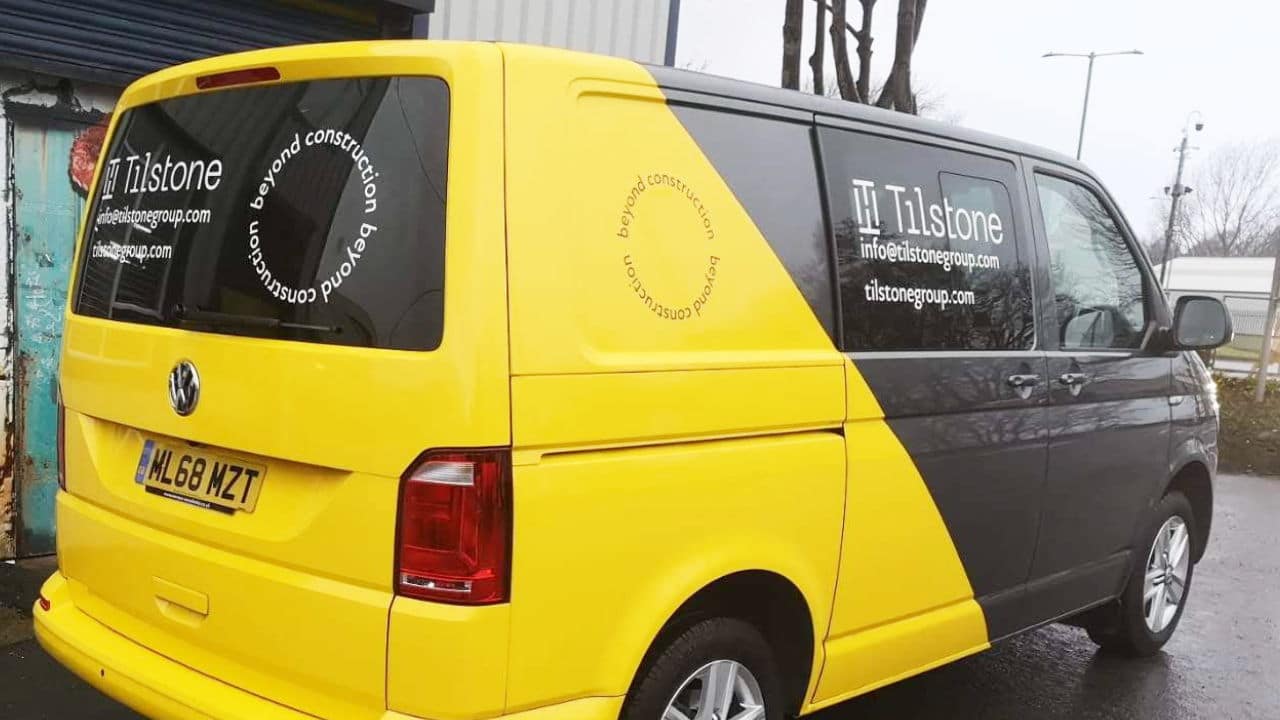
While there are a wide range of options when it comes to deploying decals, these generally will be broken down into:
Wall decals: These can be used in personal and professional locations.
Reusable decals: These are deployed on objects and items that require temporary branding.
Window decals: These can be used on buildings, vehicles, and more.
Vehicle decals: These are robust and designed to be applied to a range of body elements from metalwork, glass, and more.
Floor decals: Designed to be hard wearing, these can aid navigation or be used on a range of surfaces from organic and man-made flooring from hard and softwoods, laminates, concrete and other materials.

Outdoor decals: Designed to be resistant to the elements, these can be applied to a range of surfaces ranging from brick, tiling, metals, glass, cinderblock and more.
Once you have confirmed exactly where you wish to use your decals, consulting a professional team can help you settle on the right options for your situation.
Are they waterproof?
If you need them to be, then yes!
Left untreated, vinyl decals are not waterproof.
If they are being used outside, or water exposure is a concern, your decal can have an additional protective layer applied that increases its lifespan and resistance to the elements.
This makes them perfect for deployment in and outdoors, giving you additional options when water exposure is a potential risk.
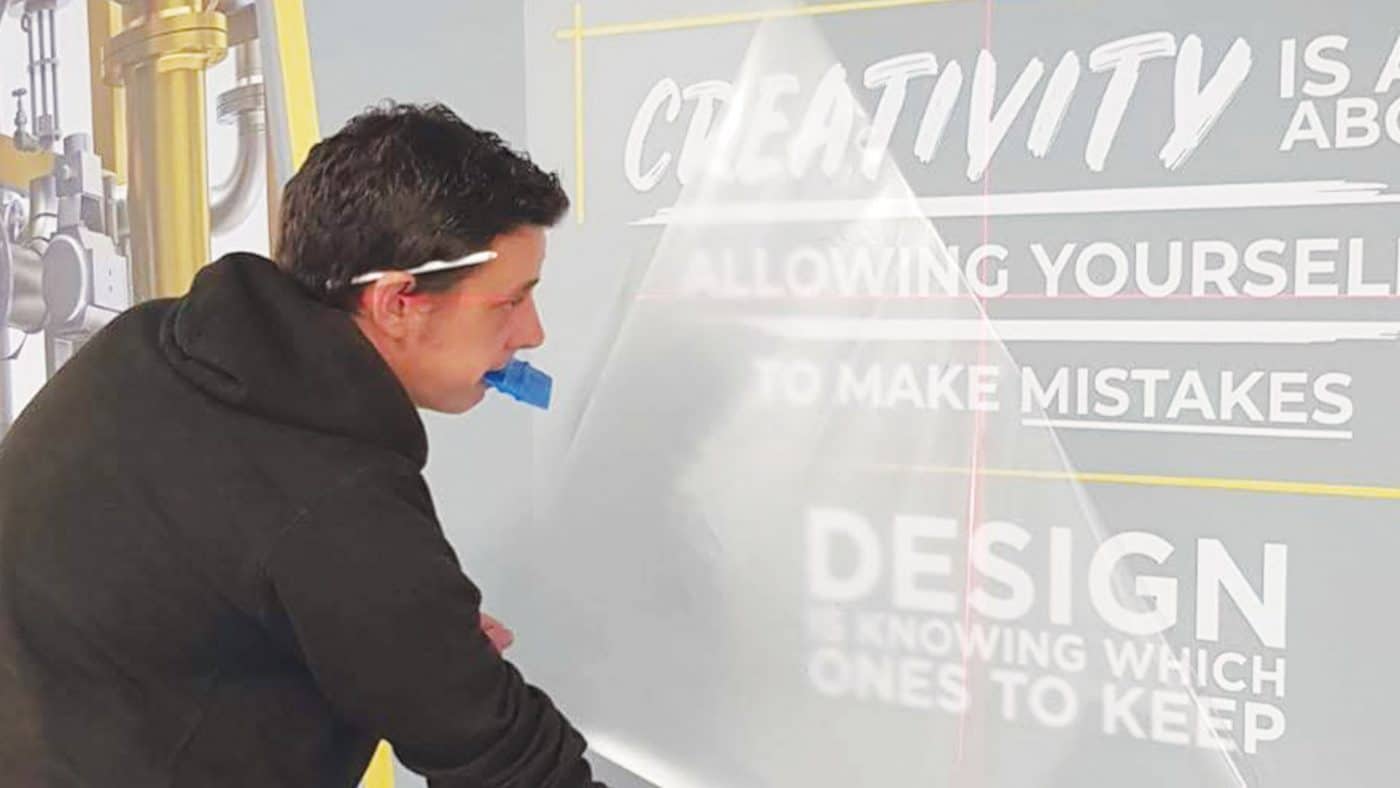
How are they applied?
Once a decal design is constructed, printed and ready for use, it’s time to install them in your chosen location. While this may appear daunting, properly preparing your approach can help make the process quick and simple
1. Prepare your surface: Once you’ve found your spot, it should be properly preprepared before application. Ideally, this should involve cleaning the area to remove dirt and debris, with elements like dust often preventing a sticker from adhering correctly. Once the area has been fully inspected, cleaned, and dried, it’s time to apply your decal.
2. Prepare your decal: Set aside a space of appropriate size free from contamination (or as free as possible) and carefully remove the release liner on the ‘back’ of the sticker. This should be done as carefully as possible and – if you are at all able – practised in advance.
3. Apply your decal: Carefully apply your decal to the wall. This should be done edge first and – if the surface is flat or smooth, like a painted interior wall or glass – using a smoothing tool or squeegee can help prevent wrinkles appearing in the vinyl as you go. This should be as carefully applied as possible.
4. Remove your liner: Once the decal is in place, use your squeegee to delicately press out any bubbles trapped underneath the decal. If your design is particularly complex, you may need the help of a second individual or transfer tape. Just be sure to take your time and be sure to be as careful as possible.
Can I do it?
Absolutely, but it’s worth remembering that failing to apply a decal properly can make the item unusable and leave the surface needing to be cleaned.
A good rule of thumb involves looking at the size
If it can be put in place by one individual, it’s a job you can do yourself.
If it is of significant size, or being displayed in a place of prominence, it may be worth consulting a professional provider to save you time, effort, and ensure that your branding looks perfect.
What if I run into problems?
If you are struggling to source a range of decals that work for you, the team at binary Projects is here to help.
With many years’ experience, we provide a range of decal solutions to achieve the look you require with ease.
You can view our range from here.
Or, if you have specific questions about your requirements, you can contact our team directly and let us know what your need to revolutionise your space.

